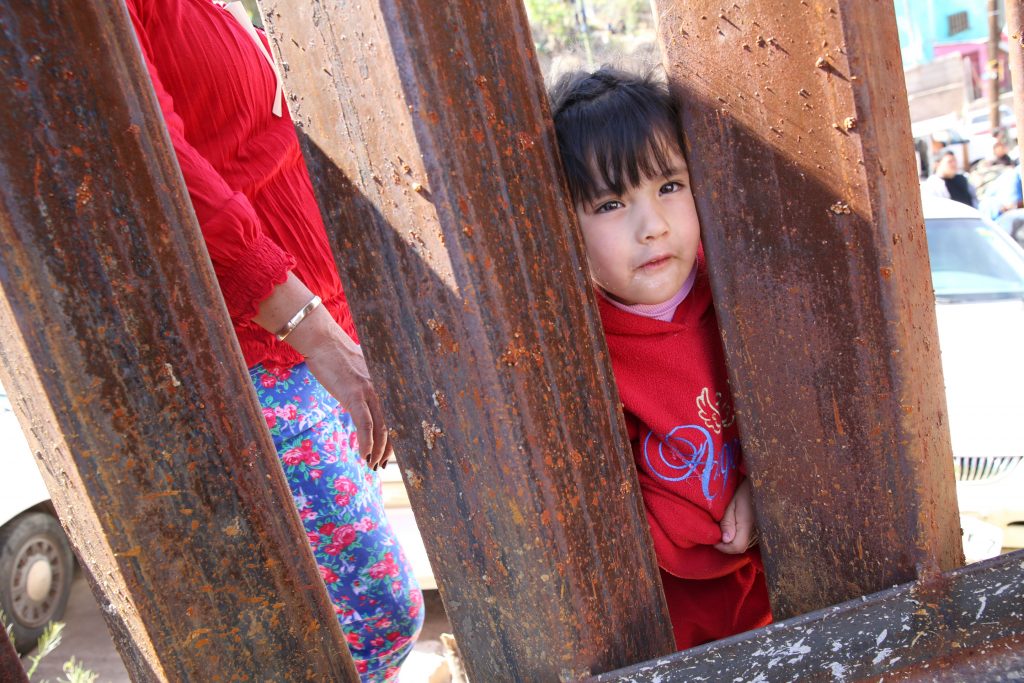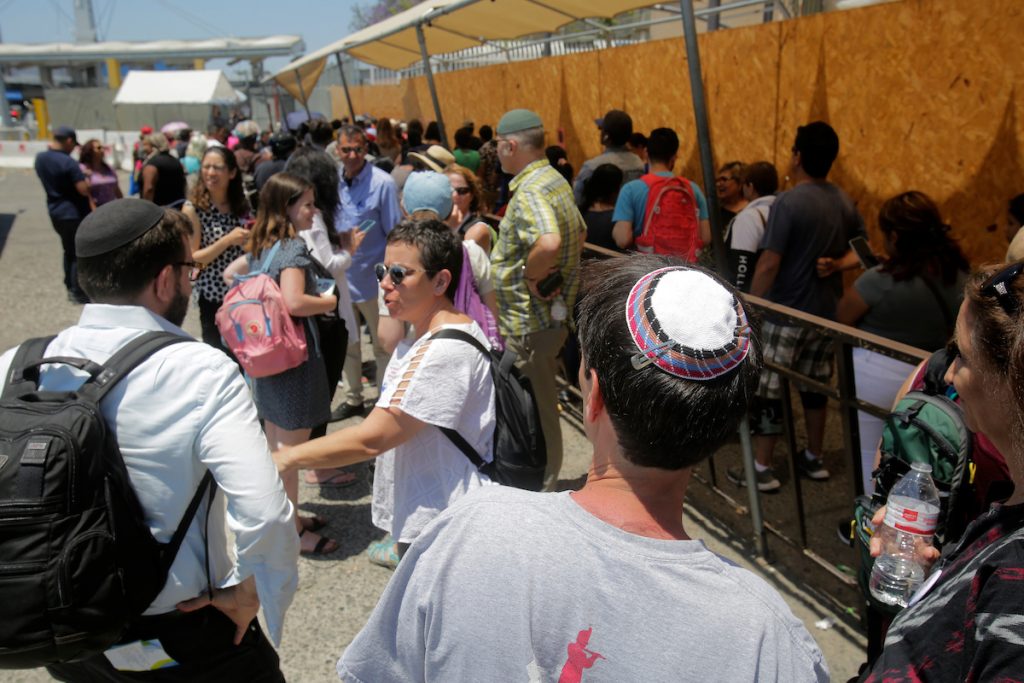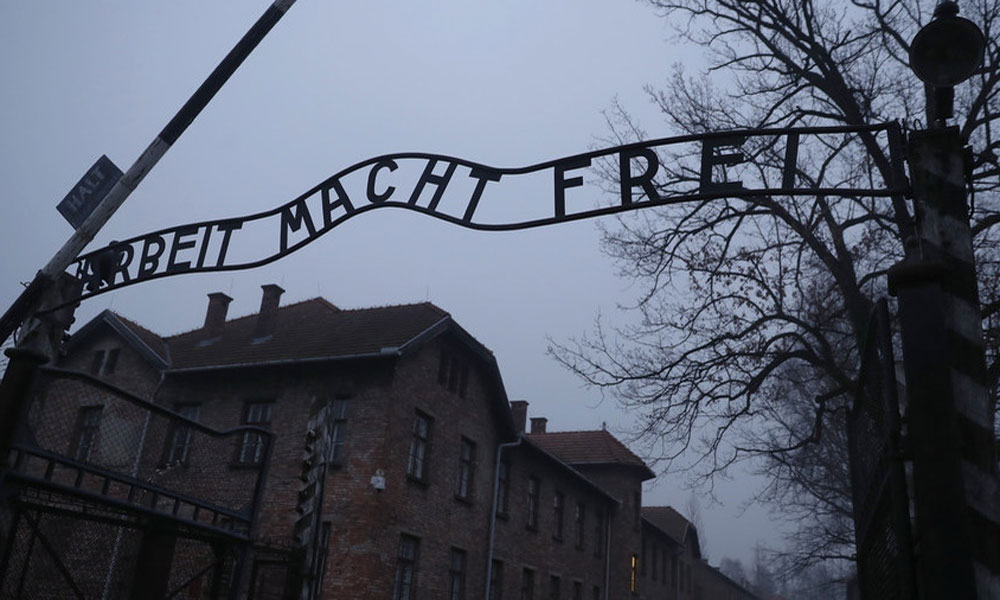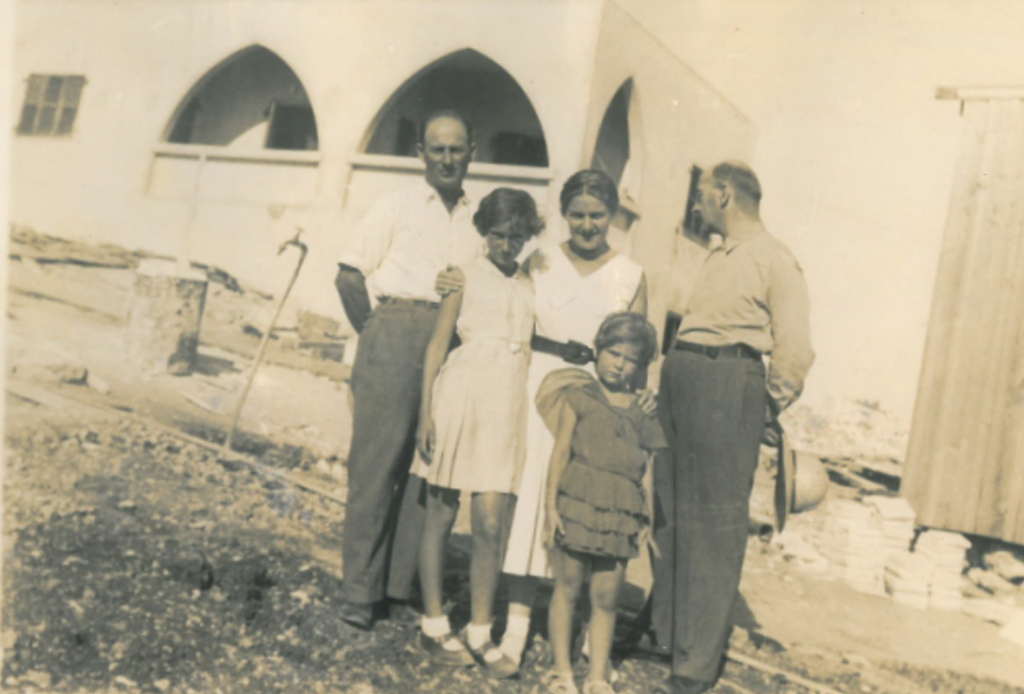By Symi Rom-Rymer
 The story of Jewish Eastern European immigration is a familiar one. Even if one never had the chance to know their relatives from that generation, all one has to do is watch Fiddler on the Roof to see what they must have experienced: the shtetl, the Cossacks and, of course, the eventual expulsion. But for Rebecca Kobrin, assistant professor of Jewish History at Columbia University and author of the new book Jewish Bialystok and its Diaspora , even if we might know all the words to Anatevka, we really don’t know very much. Kobrin challenges the traditional American Jewish view of that life much like Alana Newhouse’s did with her article about Roman Vishniac’s photos in pre-war Poland within the context of pre-war East European Jewish life.
The story of Jewish Eastern European immigration is a familiar one. Even if one never had the chance to know their relatives from that generation, all one has to do is watch Fiddler on the Roof to see what they must have experienced: the shtetl, the Cossacks and, of course, the eventual expulsion. But for Rebecca Kobrin, assistant professor of Jewish History at Columbia University and author of the new book Jewish Bialystok and its Diaspora , even if we might know all the words to Anatevka, we really don’t know very much. Kobrin challenges the traditional American Jewish view of that life much like Alana Newhouse’s did with her article about Roman Vishniac’s photos in pre-war Poland within the context of pre-war East European Jewish life.
Using Bialystok—a center of industry and a predominantly Jewish town—as her lens, she charts the complex process of Eastern European immigration in the 20th century beginning with internal Jewish migration from smaller to larger towns within the Russian empire and ending with the establishment of communities in places as far-flung as Australia and Argentina, not to mention the United States and Israel. Through a wide-range of primary sources, Kobrin demonstrates how many Bialystokers saw their migration west not always as a positive move forward, as it so commonly portrayed today, but also as a form as exile or galut. Although for them, this feeling of exile was not from the biblical Israel but rather from Eastern Europe; and in this case, more specifically from Poland—a country that they thought of as the promised land.
Furthermore, Kobrin uses the book as a rare opportunity to explore the Jewish immigrant experience outside the United States. Through that international framework she demonstrates how despite their feelings of vulnerability in their new homes, Bialystokers also maintained a powerful network through which they sought to create an empire of Bialystok communities throughout the world. She also uses this framework to compare and contrast how each community dealt with hardship from finding jobs to creating a strong community to what it means to be from Bialystok when, decimated by the Holocaust, it no longer existed as a Jewish home. I recently had the opportunity to sit down with Rebecca Kobrin and talk with her about her new book and the role she hopes it will play in future discussions about Eastern Europe Jewish migration.
Why a book about Eastern European migration?
Ninety percent of American Jews come from Eastern Europe and if you ever talk to people about their families, they always talk about their relatives going around the world: to Buenos Aries, New York. But typically, it’s seen as one journey from Eastern Europe to America. It was really many lines going from one place.
You challenge several traditional American Jewish narratives in your book. Was this the intent from the beginning or did it evolve as you were writing?
No. It was really the sources. The opening of my book talks about the first issue of the Der Bialystoker Stimme (The Voice of Bialystok) [a Yiddish journal written for and by Bialystokers] and how the writers were toying and imagining what migration means for and themselves and trying to understand their place in the world. In the Yiddish materials, they say things differently from what we expect. [For instance], I never thought in a million years that I would find the word galut (the biblical word for exile) in their writings. That’s when I started to rethink that my project wouldn’t only be about migration.
Your book seems to address similar issues to those brought up in the recent article about Roman Vishniac and his photographs. Why do you think the narrative is changing?
Since the fall of Communism and the opening up of Eastern Europe, I think there is more of an openness to revisiting and rethinking the narratives Eastern Europe. Immigrants who came there would undeniably admit that the US had more material things but they were ambivalent about the immigrant experience. That ambivalence has been erased and what I’m doing is reinserting it. If you talk to American Jews, ask if they’ve been to Eastern Europe. They haven’t, but they have been to Israel. American Jews have become attached to a homeland where none of their ancestors had ever lived. Israel has taken on an importance greater than Eastern Europe only in the post-war years. That is in essence what my book is about. It’s about where Eastern European Jews are really from and how it reshapes their relationship with America. I think that some people will never accept that Eastern Europe was a great place to be Jew because you have the long and deep shadow of Auschwitz that people can’t see past. Urban Polish culture was Jewish culture, Jews felt comfortable there and no one can accept that people felt comfortable there. I think that’s changing but it depends in what circles you travel in.
I was interested to learn that Bialystokers returned home during the 1920s, because in my mind immigrants didn’t return once they moved to the US. How pervasive do you think is this idea among American Jews now?
That’s part of the narrative, that leaving Eastern Europe was the best choice they ever made. But tons of people went back and took pictures. That’s how you showed you made it; by going back. That was the actually lived migration: not this idea that they went to the US and completely cut off ties and never went back.
It seems like the reaction to the Holocaust–both during and afterwards–was very different in the US as opposed to that in other countries. Why do you think that was?
America was still involved in the war effort and because of that, people in the US were more fixated on that because they had sons, brothers, and fathers in the army. Survivors arrived in Argentina, for instance, much earlier than in the US so Argentinean Jews had more live witnesses to what had happened. A lot of people in the US thought that perhaps the devastation wasn’t as bad as it was, that people would come back. I found that coming to terms of what it means to a Jew from Bialystok, when there was no Bialystok, was a much slower process for American Jews. In the US, the press had been playing down what had happened to the Jews of Eastern Europe and they bought it. But in Buenos Aries, they just lived in a totally different culture and could absorb more readily the reality of what happened in the Holocaust.
Have the descendants of Bialystok families’ relationship to the city changed after the collapse of Communism?
In Israel, there are some people who have been back several times, although a lot of it is generational. I think people in Israel are more open to visiting Poland. In Australia, there is so much nostalgia–I’m still trying to work out why. In the US, there are a few original immigrants still alive but it’s mainly children and grandchildren. None of the original immigrants are interested in the graveyard; only the children and grandchildren are interested in maintaining the Jewish sites of the city—or what is left of them.
How aware are contemporary Bialystokers about the Jewish history of their town?
There is one woman who lives there who just discovered she’s Jewish at the age of 40. This will be happening more. Not hundreds of thousands, but still. The university is trying to do this project where they have conferences where they bring together Jews who lived in Bialystok and scholars who write about it. Bialystok knows that as a city it would be nothing without the influx of the Jews and the industry that they built. Because of them, it became the main transit point of the Warsaw-Moscow train line that was built by the Tsars; a train line that still exists to this day. Without its Jews, Bialystok wouldn’t have been important.
What would you like people to take away from reading the book?
Two things. First, that the whole narrative of why Eastern European Jews left and come to the US is more complicated and filled with ambivalence than we expect. And secondly, that Eastern Europeans and their relationship to Eastern Europe really shaped the way Jews throughout the course of the 20th century viewed the key issues of homeland, longing, and exile.
—
Rebecca Kobrin’s Jewish Bialystok and Its Diaspora raises critical questions and observations not only about our ancestors’ relationship to their places of origin, in this case the town of Bialystok, and to their new homes, but also about how we, their descendants, have shaped that story for each subsequent generation. As the original immigrants become ever fewer in number, we are left with few tangible links to their history as they experienced it. Books such as this challenge us to reexamine our closely held-beliefs and encourages us to see that history as it was, rather than as we might want it to be.












Bialystok is located on Viena-St.Petersburg train line not Warsaw-Moscow direction.
Besides book is great and including a lot of facts about Jewish history in this region.